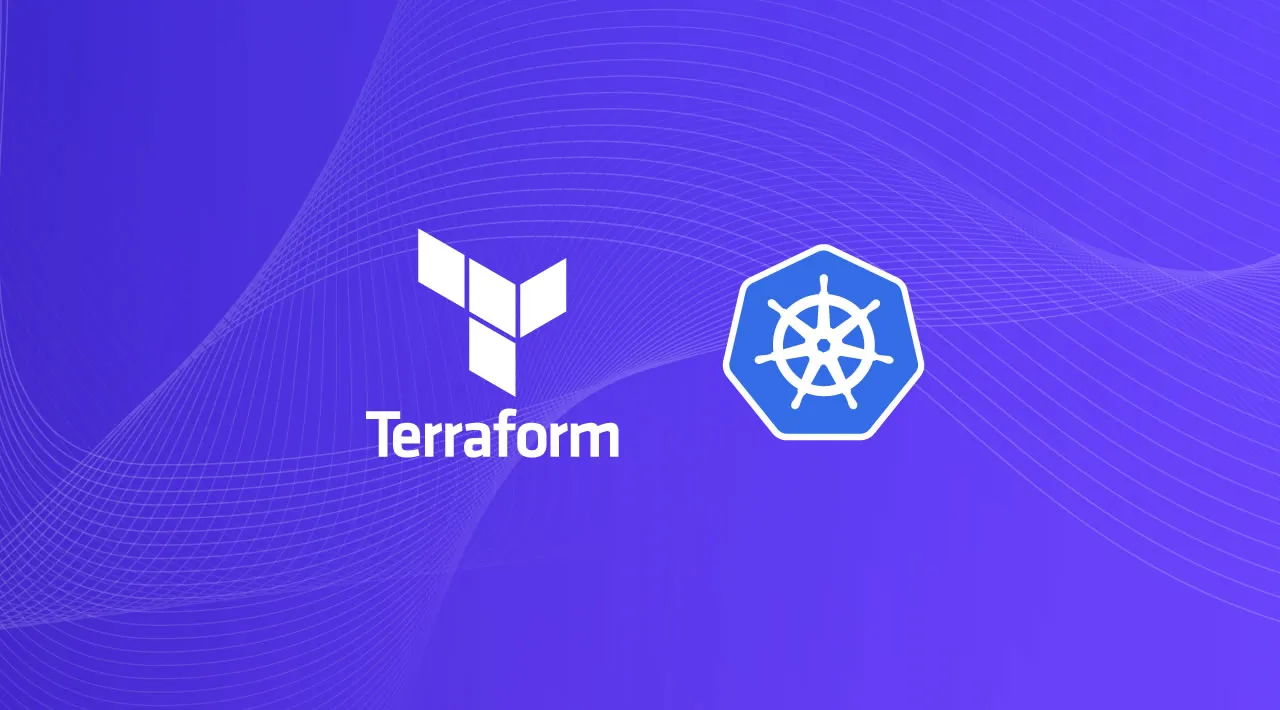In today’s fast-paced world of DevOps and cloud-native development, the choices for managing infrastructure and applications are vast. Two prominent tools in this landscape are Terraform and Kubernetes, each designed with distinct purposes. In this blog post, we’ll dive into the considerations that will help you determine when to use Terraform and when to use Kubernetes, ensuring you make the right choice for your infrastructure needs.
When to Use Terraform:
- Infrastructure Provisioning: Terraform shines when you need to create and manage infrastructure resources such as virtual machines, networks, databases, and storage. It’s the go-to tool for defining your infrastructure as code (IaC) and ensuring its consistent deployment.
- Multi-Cloud Environments: If you operate in a multi-cloud or hybrid cloud environment, Terraform’s provider-agnostic approach allows you to provision resources across different cloud providers and on-premises data centers using a single, consistent language.
- Low-Level Resource Control: When you require fine-grained control over individual infrastructure components, Terraform’s ability to define and manage resources independently makes it a valuable choice.
- Infrastructure as Code (IaC): Terraform’s infrastructure as code paradigm promotes version control, collaboration, and automation of infrastructure provisioning processes. It’s ideal for teams seeking to adopt DevOps practices and increase efficiency.
- State Management: Terraform offers built-in state management, which enables you to track changes to your infrastructure and apply updates safely. This feature is crucial for maintaining infrastructure at scale.
When to Use Kubernetes:
- Container Orchestration: Kubernetes excels in container orchestration. It is the tool of choice when you want to automate the deployment, scaling, and management of containerized applications. If you have microservices or cloud-native applications, Kubernetes is a natural fit.
- Application-Level Abstraction: If you want to abstract away infrastructure details and focus on managing applications and their workloads, Kubernetes provides a higher level of abstraction. It simplifies tasks like load balancing, scaling, and service discovery.
- Scaling and High Availability: When you need to ensure high availability and scalability for your applications, Kubernetes provides built-in features like auto-scaling, rolling updates, and self-healing capabilities.
- Service Discovery and Load Balancing: Kubernetes simplifies service discovery and load balancing for containerized applications. It ensures that traffic is routed correctly to your application services, even as they scale.
- Cloud-Native Development: If you’re developing cloud-native applications that rely on containers and microservices architecture, Kubernetes aligns seamlessly with this approach, offering a robust ecosystem for container management.
Conclusion:
In the Terraform vs. Kubernetes debate, there’s no one-size-fits-all answer. The choice depends on your specific infrastructure and application needs. Use Terraform when you require precise control over infrastructure resources, especially in multi-cloud scenarios. Opt for Kubernetes when you’re building and scaling containerized applications, prioritizing high availability and abstraction of infrastructure details. Often, these tools are used in tandem, with Terraform provisioning the infrastructure that Kubernetes relies on to run applications. Understanding when to use each tool is key to effectively managing your infrastructure and applications in today’s dynamic tech landscape.

